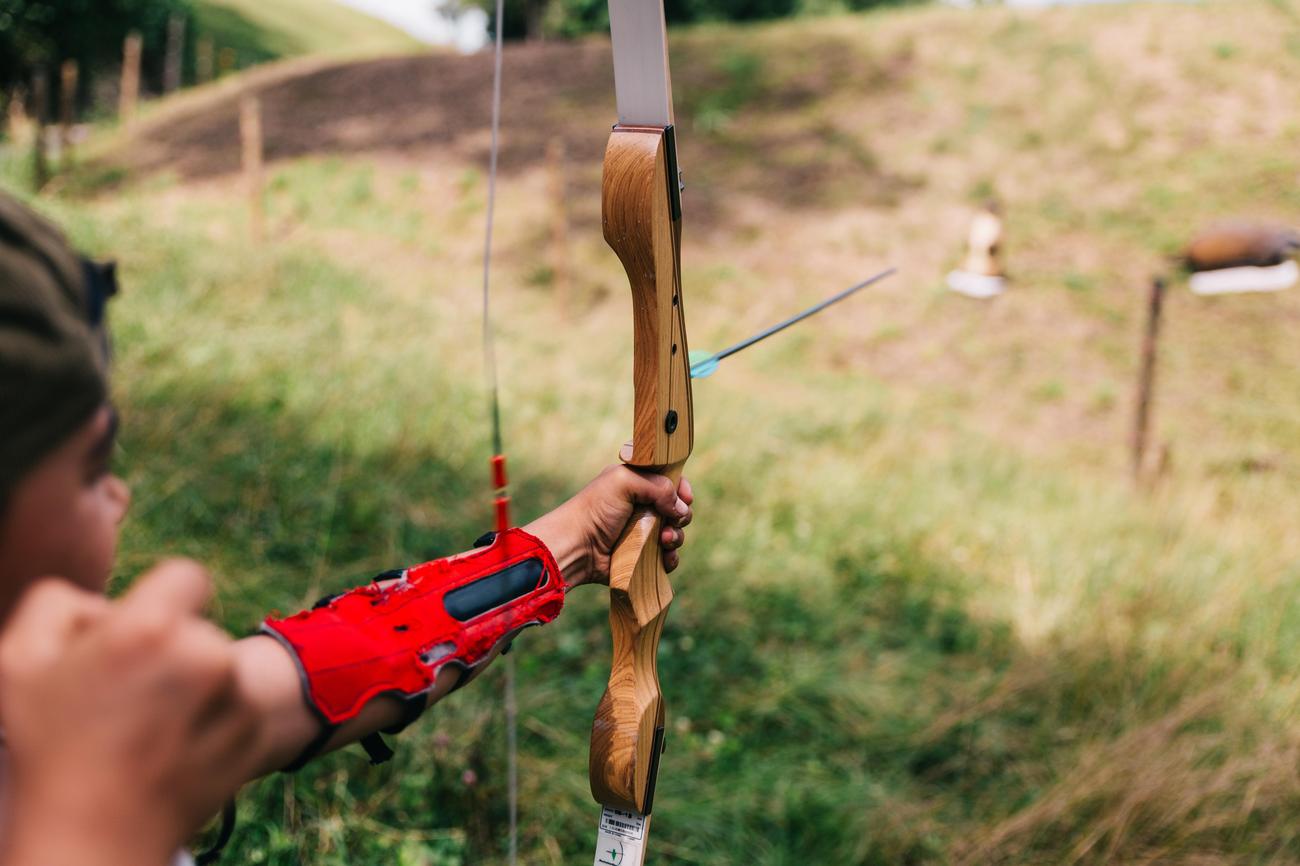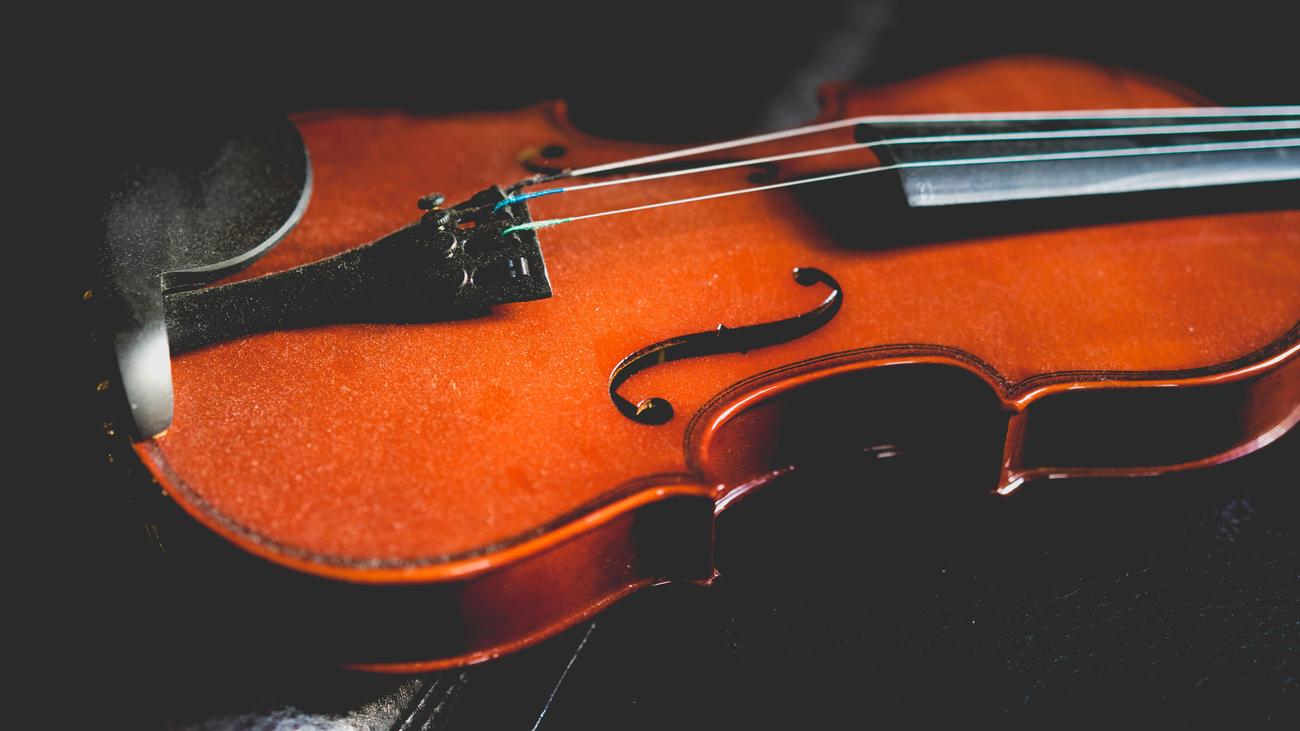Mastering the Art: Proper Techniques for Holding a Violin Bow

As any seasoned violinist will tell you, the secret to producing beautiful, soul-stirring music lies not only in the fingers dancing on the strings but also in the art of holding the bow. The way you hold the violin bow plays a critical role in the quality and precision of your sound, allowing you to unleash the full potential of this magnificent instrument. Whether you are a beginner eager to embark on your musical journey or an advanced player seeking to refine your technique, understanding and mastering the fundamentals of bow hold is paramount. In this article, we will delve into the intricate details of proper techniques for holding a violin bow, offering valuable insights and expert instruction to elevate your playing to new heights. So, let us dive into the world of bow technique and learn how to harness its power with finesse and grace.
How to Hold a Violin Bow
As a violinist, mastering the proper techniques for holding a violin bow is crucial for producing beautiful music. Whether you’re a beginner or an advanced player, understanding the correct bow hold will enhance your skills and improve your overall musical journey. In this article, we will explore the step-by-step process for holding a violin bow, providing you with precise instructions and insightful tips.
The Bunny Shape: A Foundation for Proper Bow Hold
To begin with, imagine making a bunny shape with your right hand. This entails curving your fingers and thumb, creating a relaxed and gentle grip. This bunny shape will serve as the foundation for your bow hold, allowing for flexibility and control.
Placing Your Thumb and Fingers
Next, position your hand on the violin bow. Start by placing your thumb on the underside of the bow stick, next to where the frog ends. Ensure your thumb is slightly bent and relaxed, offering stability and balance. Opposite your thumb, place your middle finger on the bow stick, with your ring finger right next to it. Both fingers should rest on the top of the bow stick, providing support and control.
Balancing with the Pinky and Thumb
Your remaining four fingers go on top of the violin bow, creating a balanced grip. The pinky and thumb act as counterbalances to one another, ensuring a stable hold. As you place your pinky on top of the bow stick, slightly away from the other fingers, it serves as a pivot point and adds finesse to your bow technique.
Remember, your thumb and pinky create an equilibrium, just like a scale. Finding the right balance between them is essential for a proper bow hold.
Keeping Your Wrist Flexible
To maintain a fluid and effortless bowing motion, it’s crucial to keep your wrist flexible. Avoid locking your wrist or allowing it to become tense. Instead, strive for a relaxed and natural position. Imagine your wrist as a gentle spring, capable of absorbing and transmitting the energy needed to produce a captivating sound.
A flexible wrist allows for expressive bowing and prevents unnecessary tension. Embrace the natural movement of your arm and wrist as you play.
Posture: Standing Tall
Proper posture plays a significant role in achieving a healthy and efficient bow hold. Stand tall, with your feet shoulder-width apart and your back straight. Distribute your weight evenly to maintain balance and stability. By adopting an upright posture, you ensure that your bow arm and wrist can move freely and without constraints.
Good posture creates a solid foundation for your violin playing. Stand tall, breathe deeply, and let your body support your musical expression.
Relaxation is Key
Throughout your violin playing journey, remember to keep your bow arm and wrist relaxed. Tension in these areas can hinder your ability to produce a beautiful sound and limit your technical abilities. Regularly check in with your body, releasing any unnecessary tension and allowing for greater flexibility and control.
Relaxation is the key to effortless playing. Embrace the sensation of ease and fluidity in your bowing to unlock your full potential.
Practice Makes Perfect
As with any skill, mastering the art of holding a violin bow requires consistent practice. To reinforce the correct bow hold, try holding a pencil between your fingers, mimicking the grip needed for the violin bow. This simple exercise can help you develop muscle memory and reinforce the proper technique.
Conclusion
Mastering the proper techniques for holding a violin bow is essential for any violinist striving to achieve their full potential. By following the steps outlined in this article and developing a relaxed and balanced bow hold, you will enhance your musical journey and unlock a world of expressive possibilities.
Embrace the bunny shape, find your balance, keep your wrist flexible, maintain proper posture, and embrace relaxation. With these foundations, your violin playing will soar to new heights. Remember, a proper bow hold is the key to unlocking the true magic of the violin.
The violin is undoubtedly one of the most beautiful and enchanting musical instruments ever created. Its rich and melodious tones have captivated audiences for centuries. If you’re a fan of this timeless instrument or simply curious to learn more, we’ve compiled a list of 10 intriguing facts about the violin that will pique your interest. From its origins in Italy to its intricate construction and the famous virtuosos who have mastered it, these facts will give you a deeper appreciation for this incredible instrument. So, why wait? Click here to discover these fascinating facts about the violin: 10 facts about the violin.
Holding the Bow Properly: Essential Techniques for Violinists
[youtube v=”_CZ48B8U_do”]
Mastering the Art of Holding a Violin Bow
Mastering the proper techniques for holding a violin bow is crucial for producing beautiful music and unlocking the expressive possibilities of this extraordinary instrument. By following a few simple guidelines, beginners can develop solid foundations in bowing technique and produce the enchanting melodies that resonate with the soul.
Creating the Bunny Shape Foundation
Begin by curving your fingers and thumb to create a bunny shape, which serves as the foundation for your bow hold. This shape allows for flexibility and control and is the starting point for achieving a proper grip on the bow.
Positioning the Fingers and Thumb
To maintain control and support, position your thumb on the underside of the bow stick, slightly bent and relaxed. Next, place your middle finger and ring finger on the top of the bow stick. These three fingers, known as the “tall man,” form a balanced triangle that provides stability and control during bowing.
Utilizing the Pinky as a Counterbalance
Your pinky plays a crucial role in your bow hold. Use it on top of the bow stick as a pivot point and counterbalance to the thumb. The placement of the pinky helps maintain stability and control while bowing, allowing for a smoother and more effortless technique.
Maintaining a Fluid Wrist and Proper Posture
To achieve fluid and effortless bowing motion, it is essential to keep your wrist flexible. A flexible wrist ensures smooth transitions and allows the bow to glide gracefully across the strings. Additionally, maintaining proper posture is vital. Stand tall, distribute your weight evenly, and keep your back straight. Correct posture contributes to the overall control and comfort during violin performance.
Relaxation: The Key to Beautiful Sound
Relaxation is key when producing a beautiful sound and unlocking the full potential of your technical abilities. Tension in the hand or arm can hinder your progress and limit your expressiveness. Remember to keep your grip on the bow relaxed and your hand and arm free from unnecessary tension. This will result in a more resonant and captivating sound.
“A relaxed grip and tension-free hand allow for a captivating and enchanting sound to flow effortlessly from the violin.”
Consistent Practice and Reinforcement
Consistency is vital for reinforcing the correct bow hold. Practicing regularly and incorporating exercises such as holding a pencil between your fingers can help solidify the proper technique. By dedicating time and effort to practice, you will refine your bowing skills and embark on a rewarding musical journey.
Enhancing Your Musical Journey
Mastering the proper bow hold not only contributes to effective sound production but also enhances your overall musical journey. The right technique allows for greater musical expression and paves the way for achieving your full potential as a violinist.
“A well-mastered bow hold opens the doors to musical expression and unlocks a world of artistic possibilities in violin playing.”
In conclusion, holding the violin bow properly is the cornerstone of successful violin performances. By following these essential techniques, developing a bunny-shaped foundation, positioning the fingers and thumb correctly, maintaining a fluid wrist, and practicing consistently, you will unlock the full potential of your violin playing and create enchanting melodies that resonate with your audience. Embrace the art of holding the bow, and let your musical journey unfold with grace and passion.

FAQ
Question 1: What is the correct way to hold a violin bow?
Answer 1: The correct way to hold a violin bow starts by making a bunny shape with your right hand, curving your fingers and thumb. Place your thumb on the underside of the bow stick next to where the frog ends. Then, place your middle finger opposite the thumb on the bow stick, and position your ring finger right next to it. The tip of your pinky should be placed on top of the bow stick, slightly away. Keep your wrist flexible as you hold the bow and maintain proper posture by standing tall.
Question 2: How should I position my bow arm and wrist while holding the bow?
Answer 2: It is important to keep your bow arm and wrist relaxed while holding the bow. Avoid any tension in these areas, as it can negatively affect your playing. Keeping your wrist flexible allows for greater control and precision in your bowing technique. By practicing proper bow arm and wrist positioning, you will be able to produce a more beautiful and balanced sound.
Question 3: What role do the pinky and thumb play in holding the bow?
Answer 3: The pinky and thumb act as balances to one another when holding the bow. The pinky provides stability and control on the top of the bow stick, while the thumb supports the bow from underneath. These two fingers work in harmony to maintain balance and control as you navigate the bow across the strings of the violin.
Question 4: Are there any exercises I can do to improve my bow hold?
Answer 4: One exercise you can try to improve your bow hold is to practice holding a pencil between your fingers. Mimic the correct bow hold by placing your thumb underneath a section of the pencil and allowing your remaining four fingers to rest on top. This exercise can help you develop muscle memory and strengthen the muscles in your hand and fingers, thus improving your overall bow hold technique.
Question 5: Can the way I hold the bow affect the sound I produce on the violin?
Answer 5: Absolutely! The way you hold the bow has a significant impact on the sound you produce on the violin. A proper bow hold allows for better control, tone, and articulation, resulting in a more expressive and beautiful sound. By mastering the art of holding the violin bow, you can unlock your full potential as a musician and enhance your musical journey.
- Mastering Leader in Spanish: The Complete Guide - April 19, 2025
- Uncovering Surprising Parallels: England Size Compared to US States - April 19, 2025
- Old Mexico Map: Border Shifts 1821-1857 - April 19, 2025
















